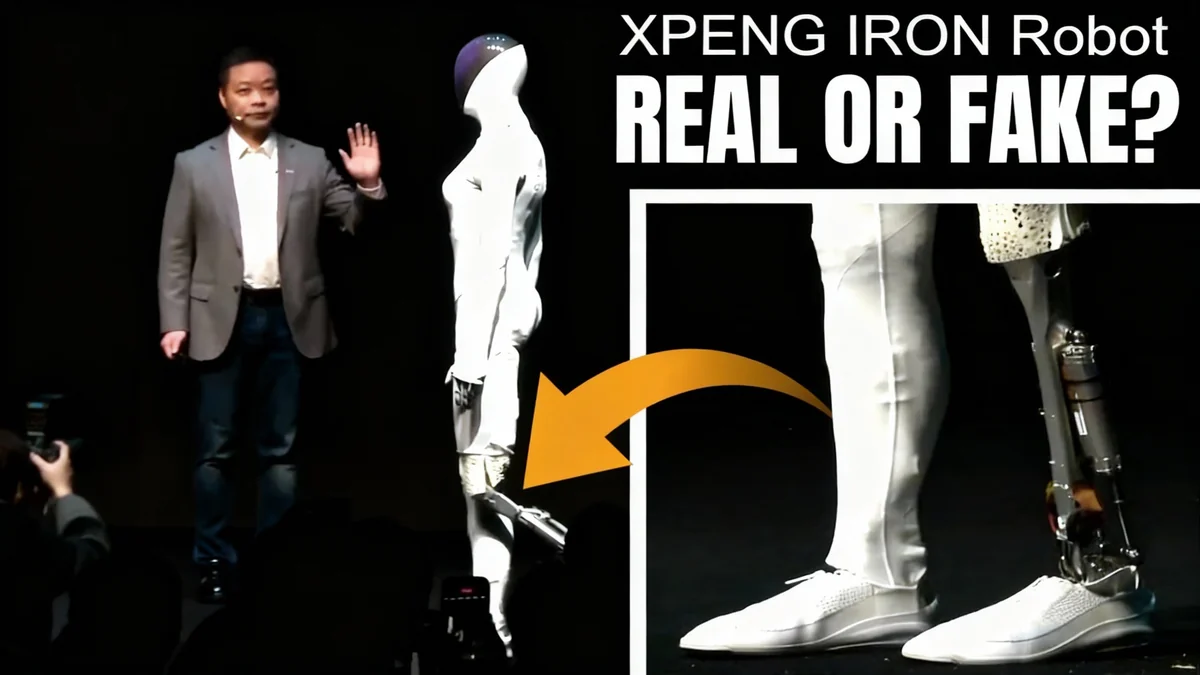A new workplace phenomenon known as "workslop" is costing companies millions of dollars annually in lost productivity, according to recent research from Stanford University and BetterUp Labs. The study, published in the Harvard Business Review, identifies this issue as low-quality, AI-generated content that appears complete but lacks substance, creating significant extra work for employees.
Key Takeaways
- "Workslop" refers to AI-generated work that is unhelpful, incomplete, or lacks critical context.
- A survey found 40% of U.S. employees have received workslop in the past month.
- Correcting each instance of workslop takes an average of nearly two hours.
- This lost productivity costs an estimated $186 per employee per month, potentially exceeding $9 million annually for a 10,000-person company.
Defining 'Workslop' in the Modern Workplace
As businesses rapidly adopt generative artificial intelligence, a new challenge has emerged. Researchers have coined the term "workslop" to describe AI-generated output that masquerades as productive work but is ultimately unusable.
This content often has the superficial appearance of a finished product. Examples include professionally formatted presentations, reports filled with complex jargon, or lines of computer code. However, upon review by a knowledgeable human, the work is found to be nonsensical, incorrect, or missing essential information needed to advance a project.
According to the study, while some employees use AI to refine high-quality work, others are generating content that is fundamentally flawed. This creates a bottleneck where the responsibility to identify and fix the errors is passed on to colleagues or managers.
The Burden Shifts Downstream
The core issue with workslop is that it shifts the workload rather than reducing it. The person who generates the subpar content saves time, but this time is then lost by the person who must correct it, effectively creating a hidden productivity drain within an organization.
The Financial Impact of Subpar AI Output
The hidden costs associated with workslop are substantial. The research from Stanford and BetterUp Labs quantified the financial drain by surveying 1,150 U.S.-based employees across a range of industries.
The findings revealed that employees spend, on average, nearly two hours dealing with each instance of workslop they receive. This includes time spent verifying information, requesting clarification, and ultimately redoing the work themselves.
An Invisible Tax on Productivity
Based on self-reported salary data, the researchers calculated that this wasted time amounts to an "invisible tax" of $186 per employee each month. When scaled to a large organization, the financial consequences become significant. For a company with 10,000 employees, the annual cost of lost productivity due to workslop is estimated to be over $9 million.
This data suggests that the push for AI adoption may be leading to unforeseen financial losses, contradicting the common assumption that these tools universally boost efficiency and revenue. An earlier MIT study also found that many companies adopting AI have not yet seen widespread revenue increases.
A Widespread Problem Across Industries
The prevalence of workslop indicates it is not an isolated issue. The survey found that 40% of employees reported receiving AI-generated workslop within the last month, highlighting how quickly this has become a common workplace frustration.
The problem affects various roles and sectors. One retail director quoted in the study described the cascading effect of receiving a single piece of workslop.
"I had to waste more time following up on the information and checking it with my own research. I then had to waste even more time setting up meetings with other supervisors to address the issue. Then I continued to waste my own time having to redo the work myself."
This experience illustrates how one flawed, AI-generated report can consume hours of valuable time from multiple team members, undermining the very productivity gains the technology was intended to provide.
Corporate Pressure and Contradictory Messaging
The rise of workslop is occurring within a complex corporate environment. On one hand, executives and technology leaders are urging employees to embrace AI tools or risk becoming obsolete. High-profile figures like Amazon CEO Andy Jassy have emphasized the importance of AI adoption.
On the other hand, the tools themselves are not yet capable of fully replacing human expertise and critical thinking. This creates a difficult situation for employees who are encouraged to use AI but are also responsible for the quality of its output. They are expected to use the technology to be more efficient while simultaneously spending extra time fact-checking and correcting its flaws.
This dynamic is the result of what some analysts describe as a blind rush to adopt new technology. Companies feel pressure to integrate AI to appear innovative to shareholders and competitors, sometimes before the tools are fully vetted or practical use cases are established.
Leaders in the AI industry, such as OpenAI CEO Sam Altman, have often placed the responsibility on users to discover valuable applications, encouraging rapid adoption. However, as the research on workslop shows, this approach can lead to negative consequences when not managed with clear guidelines and quality control.





